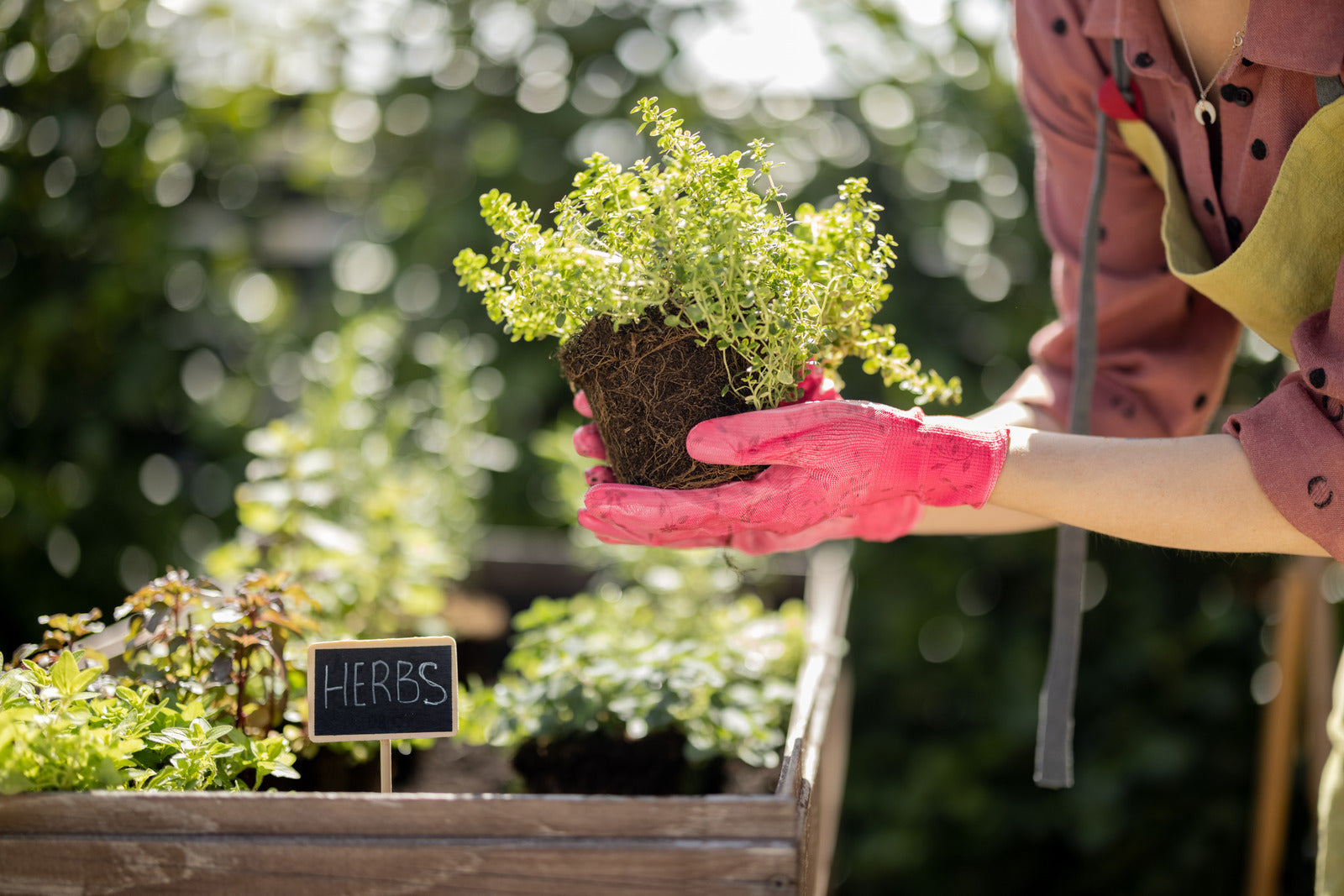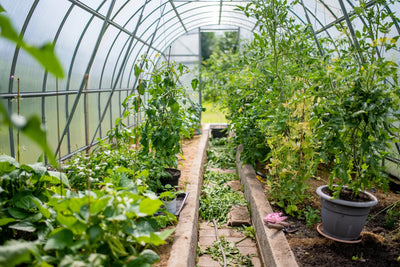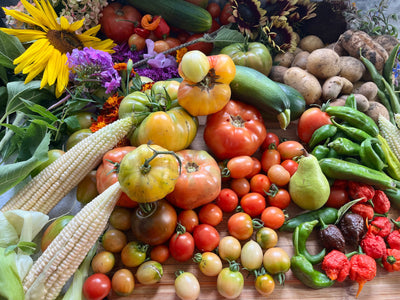Companion planting is a time-tested gardening method that pairs compatible plants together to boost growth, deter pests, and create a thriving ecosystem in your garden. Whether you’re a seasoned gardener or just starting out, understanding how to use companion planting effectively can transform your garden’s yield and health.
What Is Companion Planting?
At its core, companion planting is the practice of strategically planting different species together to benefit one or both plants. Some combinations improve nutrient uptake, while others provide pest control or shade. This approach mimics nature’s interconnected ecosystems, making your garden more self-sustaining.
The Benefits of Companion Planting
Natural Pest Control
Certain plants act as natural repellents for pests. For example, marigolds release a scent that deters nematodes, while basil can keep mosquitoes and flies at bay.
Improved Growth and Yield
Some plants enhance the growth of their neighbors by improving soil nutrients or acting as support structures. For instance, beans fix nitrogen in the soil, which benefits nearby heavy feeders like tomatoes.
Space Optimization
By pairing plants with different growth habits—such as tall corn with low-growing squash—you can make the most of limited garden space.
Weed Suppression
Ground-cover plants like clover or creeping thyme can suppress weed growth by outcompeting them for light and nutrients.
How to Start Companion Planting
Step 1: Plan Your Garden Layout
Before planting, sketch out your garden space and note where each plant will go. Group plants with similar needs for water, sunlight, and soil. Consider your garden’s microclimates, like shady corners or sunny spots, and plan accordingly. Raised beds, vertical trellises, or container gardens can also be integrated into your layout to maximize space and encourage better companion planting dynamics.
Step 2: Research Plant Pairings
Not all plants play nicely together. Research beneficial combinations and avoid problematic pairings (like planting onions near beans, which can stunt their growth). Keep in mind specific pest and disease deterrents each plant offers. For example, marigolds can protect a variety of plants by repelling nematodes and whiteflies. Consider grouping plants that bloom at different times to maintain soil balance and ensure continual pollinator activity.
Step 3: Rotate Your Crops
Companion planting works best when combined with crop rotation. This prevents soil depletion and reduces the risk of pests and diseases specific to one plant family. For example, rotating legumes like peas and beans with heavy feeders like tomatoes ensures nitrogen levels in the soil are replenished naturally. Use a garden journal to track what you plant each year and where to make rotation easier.

Popular Companion Planting Combinations
Tomatoes and Basil
Basil enhances the flavor of tomatoes and repels pests like aphids and whiteflies. Planting them together also saves space in smaller gardens. To maximize benefits, ensure enough spacing between plants in your companion planting garden to improve air circulation, which helps prevent fungal diseases.
Carrots and Onions
The strong scent of onions deters carrot flies, while carrots loosen the soil for onions to grow deeper. Add parsley nearby for an extra boost in deterring pests and attracting beneficial insects like hoverflies for your companion planting garden.
Corn, Beans, and Squash (The Three Sisters)
This Native American technique combines corn for structure, beans for nitrogen-fixing, and squash for ground cover and weed suppression. For best results, plant the corn first to allow it to establish a sturdy framework, then add beans and squash. Avoid planting in overly compacted soil as the beans need to penetrate the ground effectively.
Roses and Garlic
Garlic repels aphids and protects roses from fungal diseases. Plus, it’s an easy way to grow an edible crop in ornamental gardens. Scatter garlic around the base of the roses, leaving enough space to ensure each plant gets sufficient nutrients without competing. Try alternating garlic with other aromatic herbs like lavender or thyme for added pest-repelling benefits.
Companion Planting for Pest Management
Herbs as Protectors
Mint: Repels ants and aphids.
Dill: Attracts ladybugs and hoverflies, which prey on pests.
Cilantro: Lures beneficial insects like parasitic wasps.
Flowers for Biodiversity
Nasturtiums: Trap aphids, keeping them away from veggies.
Sunflowers: Act as a decoy for leaf-footed bugs and beetles.
Marigolds: Discourage nematodes and whiteflies.
Common Mistakes in Companion Planting
Ignoring Plant Needs
Pairing plants with vastly different water or sunlight needs can stress one or both species. Always check compatibility.
Overcrowding
While it’s tempting to squeeze in as many plants as possible, overcrowding can lead to poor air circulation and increased risk of disease.
Forgetting About Timing
Some companion planting plants work best when planted simultaneously, while others thrive when staggered. For example, interplanting fast-growing radishes with slower crops like carrots can make the most of garden space.

Advanced Tips for Companion Planting
Use Companion Planting for Soil Health
Grow nitrogen-fixing plants like beans and peas to enrich the soil for subsequent crops. Rotate these with heavy feeders like corn to balance soil nutrients.
Experiment with Trap Cropping
Plant sacrificial crops, such as nasturtiums or mustard greens, to lure pests away from your main harvest.
Create Plant Guilds
A plant guild is a group of plants that work together to support one another. For example:
Apple Tree Guild: Includes apple trees (canopy), comfrey (nutrient accumulator), and daffodils (pest deterrent).
Berry Bush Guild: Combine blueberries with clover (nitrogen-fixer) and yarrow (pollinator attractor).
Seasonal Companion Planting Ideas
Spring
Lettuce and Radishes: Radishes grow quickly, leaving space for lettuce to mature.
Peas and Carrots: Peas provide nitrogen for carrots, which thrive in nutrient-rich soil for companion planting.
Summer
Tomatoes and Marigolds: Protect your tomatoes from pests with these cheerful flowers.
Cucumbers and Dill: Dill attracts beneficial insects that protect cucumbers that is perfect for companion planting.
Fall
Broccoli and Spinach: Spinach acts as a living mulch for broccoli, reducing weeds and retaining soil moisture.
Kale and Thyme: Thyme repels pests that commonly attack kale which will aid in your companion planting endeavors.
Try Seed Armory for Your Companion Planting Needs Today!
Before concluding, consider enhancing your gardening journey with the Independence Seed Vault from Seed Armory. This comprehensive collection features 34 varieties of 100% non-GMO, heirloom, open-pollinated seeds, providing a diverse selection of fruits and vegetables suitable for USDA Zones 4-9.
Designed to support a family of four for at least one year, the Independence Seed Vault offers:
Long-Term Viability : With proper storage, seeds remain viable for 3-7 years at room temperature and up to 25 years in cooler conditions.
Survival-Grade Packaging : Heat-sealed, moisture-proof, and resealable mylar packets ensure optimal preservation.
High Crop Value : Potential to yield produce worth over $15,300, making it a valuable investment in food security.
By incorporating the Independence Seed Vault into your gardening practices, you can achieve greater self-sufficiency and peace of mind, knowing you have a reliable source of nutritious produce for years to come.
Companion Planting Made Easy: Boost Your Garden’s Productivity
Mastering companion planting takes time and experimentation, but the rewards are worth it. By pairing plants strategically, you can increase your garden’s yield, reduce pest problems, and create a more sustainable gardening experience. Start small, learn from each season, and soon you’ll have a flourishing garden that works in harmony with nature.











